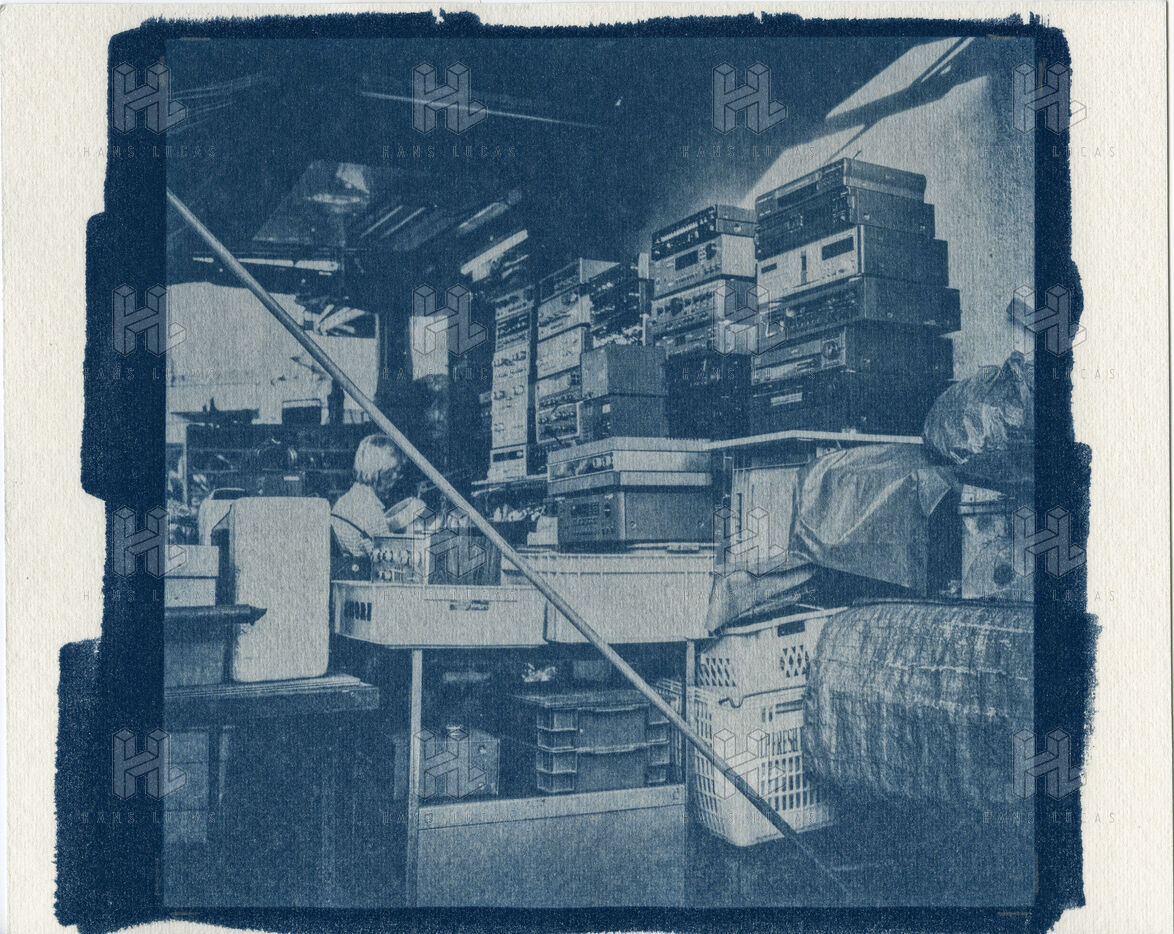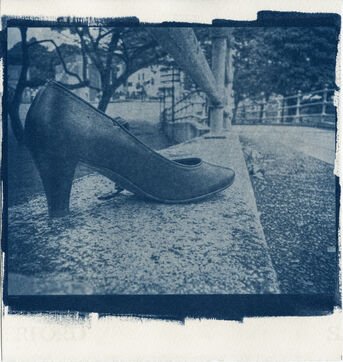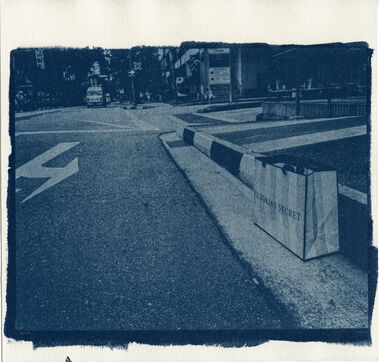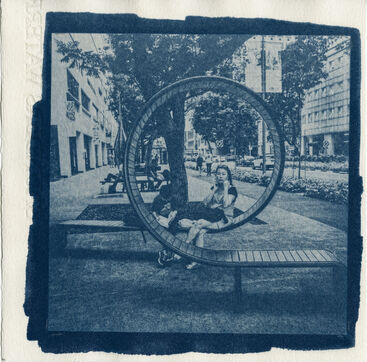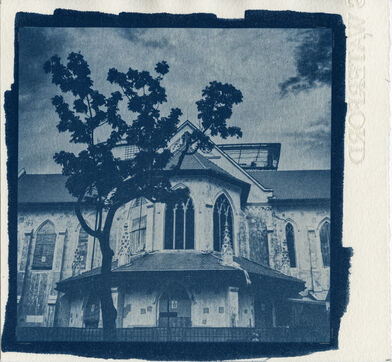SINGAPORE - THE KEY TO SOULS
Le photographe que je suis, découvrant Singapour comme nouveau terrain de découverte a toutes chances d'être décontenancé, tant peut d'abord fasciner par la ville qui s'exhibe. C'est que le sens de la vue, le premier sollicité, se confronte d'emblée à une réalité tirée au cordeau, léchée, aseptisée, prétendument ouverte sur l'extérieur et pourtant close sur elle-même comme peut l'être la perfection d'une formule mathématique. À Singapour, rien n'est laissé au hasard. L'édification des gratte-ciel du nouveau quartier d'affaires est soumise à de savants calculs en conformité avec les principes de l'art millénaire chinois du feng shui, qui vise à optimiser les flux d'énergie. Sur fond de gigantisme et d'une débauche de luxe, les affaires sont florissantes. Indépendant sous forme de cité-État depuis 1965, l'archipel de 719 km2 a une des densités de population les plus fortes au monde (7697 hab./km2), notamment sur la grande île principale de Pulau Ujong. La question du logement et de l'urbanisme dans ce micro-territoire est donc cruciale. Les constructions, parfois spectaculaires, n'ont cessé de transformer son tissu urbain à un rythme effréné de « construction-reconstructions » chiffrées en milliards de dollars. les principaux quartiers ethniques ont été rénovés : Chinatown, Little India et le quartier malais de Kampong Glam. Cependant, le caractère touristique prend le dessus, privilégiant une restauration de « façades » oublieuse de l'âme des lieux, souvent transformés en boutiques ou en restaurants à touristes. Le centre-ville s'apparente alors à une grande attraction touristique où les rares constructions anciennes ne sont plus que des coquilles vides de leur histoire, spectatrices de l'emballement architectural actuel.
SINGAPORE - THE KEY TO SOULS
The photographer that I am, discovering Singapore as a new field of discovery, is likely to be disconcerted, so much so that he is initially fascinated by the city that exhibits itself. The sense of sight, which is the first to be solicited, is immediately confronted with a reality that has been drawn up to the letter, polished, sanitised, supposedly open to the outside world and yet closed in on itself as the perfection of a mathematical formula can be. In Singapore, nothing is left to chance. The construction of the skyscrapers in the new business district is subject to skilful calculations in accordance with the principles of the thousand-year-old Chinese art of feng shui, which aims to optimise energy flows. Against a backdrop of gigantism and luxury, business is booming. Independent as a city-state since 1965, the 719 km2 archipelago has one of the highest population densities in the world (7,697 inhabitants/km2), especially on the large main island of Pulau Ujong. The question of housing and urban planning in this micro-territory is therefore crucial. The main ethnic districts have been renovated: Chinatown, Little India and the Malay district of Kampong Glam. However, the tourist character is taking over, favouring the restoration of "facades" that forget the soul of the place, often transformed into shops or restaurants for tourists. The city centre then looks like a big tourist attraction where the rare old buildings are nothing more than empty shells of their history, spectators of the current architectural craze.
